Xbox Wireless Headset vs. PS5 Pulse 3D Wireless Headset: Which gaming headset will win?
We compare the official Xbox Series X and PS5 headsets on price, specs and features
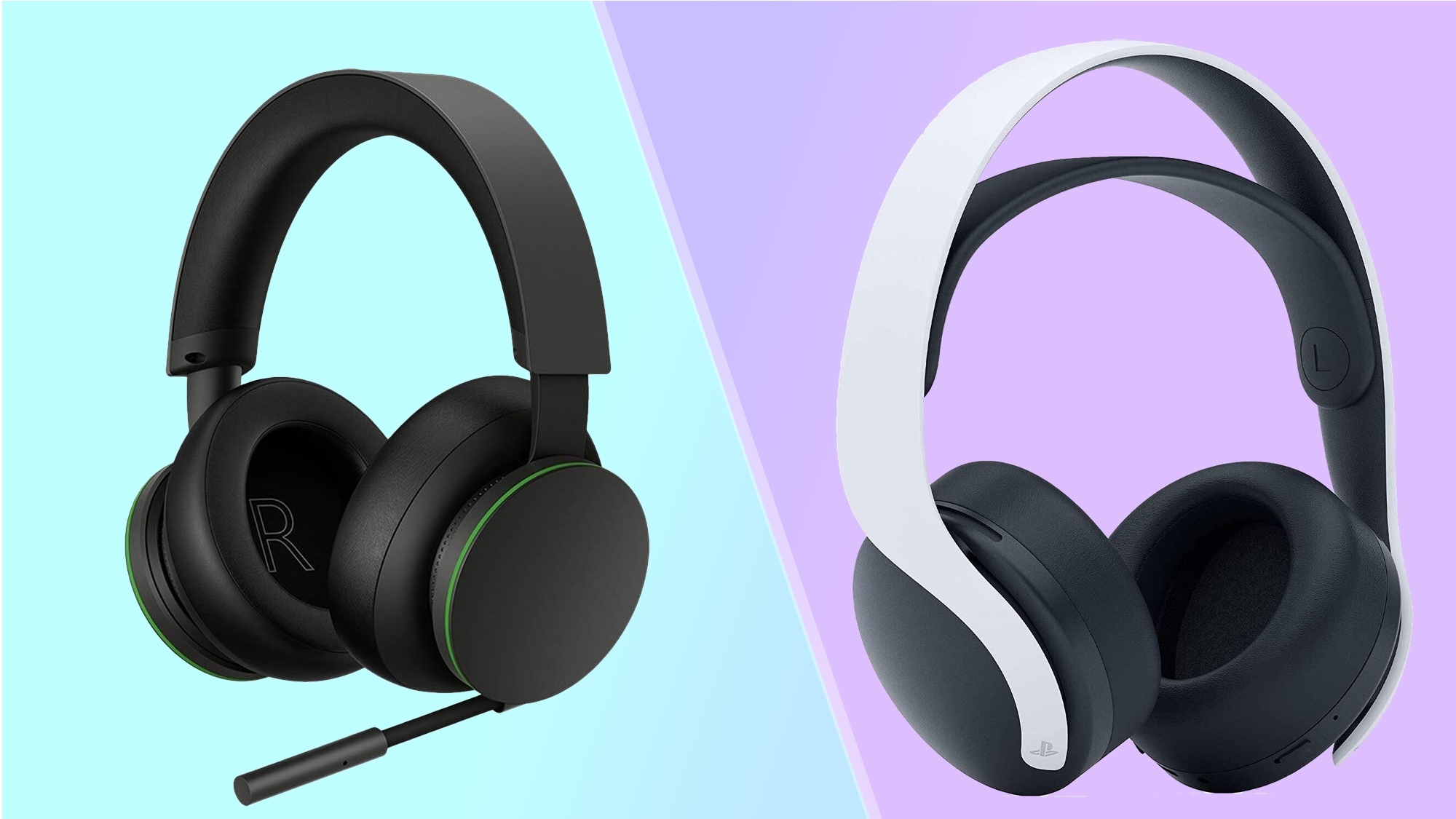
With the launch of the Xbox Wireless Headset, following on from Sony’s Pulse 3D Wireless Headset, both the Xbox Series X and the PS5 now have their own official gaming headsets. There are third-party models available for both consoles — check out the best gaming headsets for more — but Microsoft and Sony’s first-party offerings come with the benefits of guaranteed compatibility and matching aesthetics.
However, which of the two consoles has the superior headset? We won’t know for sure until the Xbox Wireless Headset goes on sale on March 16, but we can compare specs, features and pricing to see whether the Xbox Series X or the PS5 could end up with the better deal.
Xbox Wireless Headset vs. Pulse 3D Wireless Headset: Specs compared
| Row 0 - Cell 0 | Xbox Wireless Headset | Pulse 3D Wireless Headset |
| Price (MSRP) | $99.99 | $99.99 |
| Weight | 11.0 ounces | 10.4 ounces |
| Battery life | 15 hours | 12 hours |
| Supported systems | Xbox Series X, Xbox Series S (USB receiver); Windows, macOS, iOS, Android (Bluetooth) | PS5, PS4 (USB receiver); PSVR, Windows, macOS, iOS, Android (3.5mm) |
| Special features | Noise-cancelling microphone, Dolby Atmos, DTS Headphone:X, Windows Sonic, mic monitoring | Noise-cancelling microphone, Sony Tempest, mic monitoring |
Xbox Wireless Headset vs. Pulse 3D Wireless Headset: Price

The comparison starts off with a dead heat, as both the Xbox Wireless Headset and Pulse 3D Wireless Headset cost $99.99.
The real winner here might be consumers. Ninety-nine dollars isn’t outright budget territory, but for a first-party mic-and-headphone combo, it’s a pretty attractive price. For comparison, our current favorite gaming headset, the SteelSeries Arctis 7P/7X, costs $150. And both the Xbox Wireless Headset and Pulse 3D Wireless Headset throw in some extra features too, like 3D audio support. More on that to come.
Xbox Wireless Headset vs. Pulse 3D Wireless Headset: Design
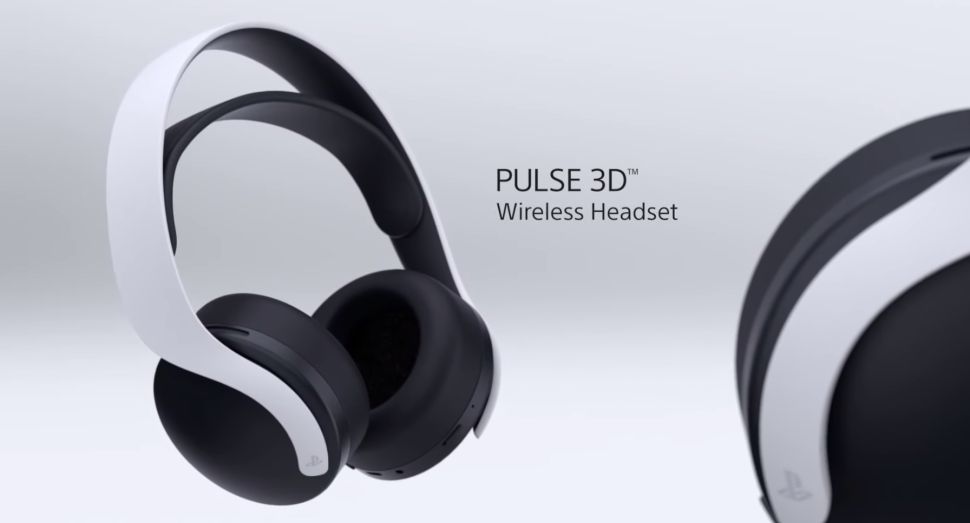
Both headsets use an over-ear design, with padded earcups and headbands. The Pulse 3D Wireless Headset is arguably the more modern-looking, opting for hidden integrated microphones instead of a traditional boom mic, as the Xbox Wireless Headset has. This could make the Pulse 3D a little easier to store. It’s also lighter than the Xbox Wireless Headset: 10.4 ounces to 11.0.
Unsurprisingly, each headset takes styling cues from its respective console. The Xbox Wireless Headset has a no-nonsense approach to aesthetics, similar to the Xbox Series X, with straightforward earcups and a largely black color scheme. There are just a couple of thin ribbons of that recognizable Xbox green around the edges.
The Pulse 3D Wireless Headset, meanwhile, is just as white and curvy as the PS5. The lack of a visible mic could help these pass as non-gaming headphones, though they're still on the flashy side. Note how the head support strap is separated from the main headband — although, as with the Xbox Wireless Headset, you can still adjust this strap to fit your head.
Get instant access to breaking news, the hottest reviews, great deals and helpful tips.
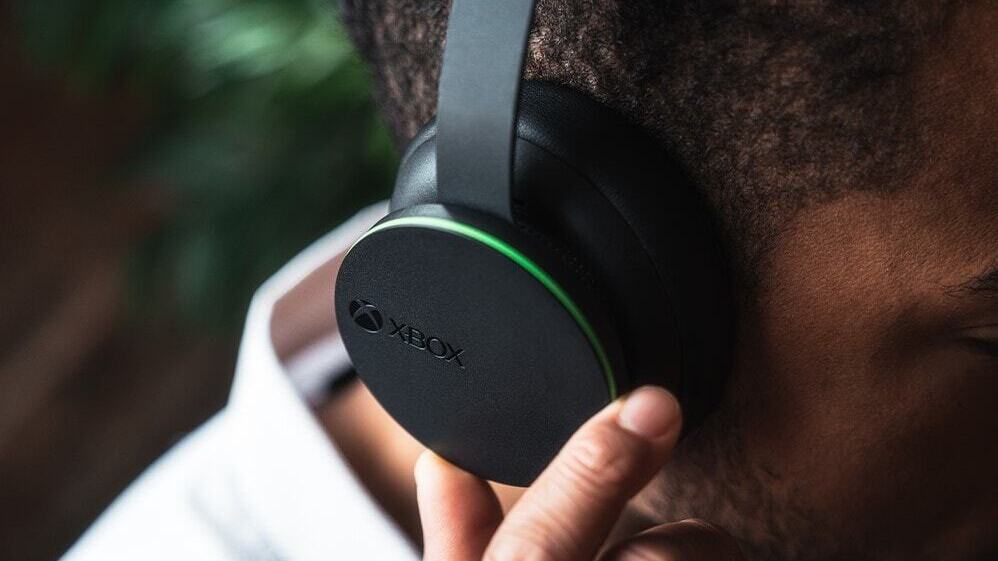
Both headphones also feature a variety of onboard controls. On the Pulse 3D Wireless Headset, these include a volume rocker, a mute button, a microphone monitor button (this lets you hear your own mic input), and another rocker that can adjust game and chat audio independently of one another. There’s also a 3.5 mm output, so you can connect the headset your PS5 DualSense controller instead of using the bundled USB receiver. Alternatively, you can connect the headset to the 3.5 mm jack on a mobile device and use the Pulse 3D Wireless Headset as you would normal headphones.
The Xbox Wireless Headset has a dial that can rebalance game and chat audio, along with a mute button and volume dial. The Xbox headset does support mic monitoring, but users control this feature through the Xbox Accessories app instead of an onboard button. There’s no 3.5 mm jack, but the Xbox Wireless Headset can connect to other devices via Bluetooth.
Xbox Wireless Headset vs. Pulse 3D Wireless Headset: Audio features
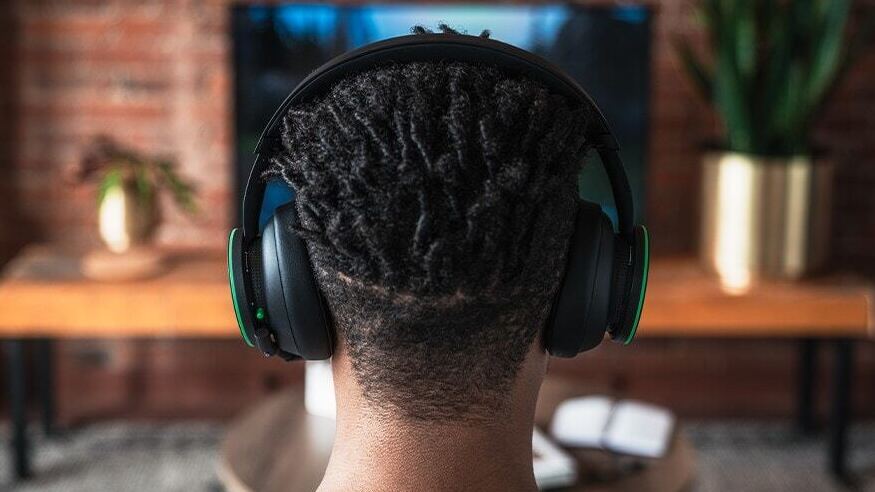
A major selling point of these headsets is that they support the immersive audio formats of their respective consoles. In the PS5’s case, that means the Pulse 3D Wireless Headset will work with Sony’s proprietary Tempest 3D audio. Like spatial audio, Tempest can place the origin points of sounds in a digital sphere around the listener, producing a highly detailed 3D surround sound effect.
The Xbox Series X opts for the more familiar Dolby Atmos and DTS Headphones:X formats, so the Xbox Wireless Headset can deliver surround sound using these protocols instead. Both Atmos and Headphones:X are object-based audio systems, which means that like Tempest, they’ll create an encompassing surround sound effect with a sense of height as well as width.
As such, both headsets have an advantage over stereo headphones, which can recreate audio only on a 2D plane. However, both the Pulse 3D and the Xbox Wireless Headset are also limited, in that only specially designed games and videos can fully leverage their 3D audio functionalities.

Most of the PS5’s big titles support, or will support, Tempest 3D audio. These include Spider-Man: Miles Morales, Gran Turismo 7, Demon’s Souls, Horizon Forbidden West and Ratchet & Clank: Rift Apart. However, far more games support Dolby Atmos, from Xbox exclusives like Gears 5 and Forza Horizon 4, to multiplatform giants like Call of Duty: Warzone and Overwatch.
We won’t say which headset sounds better until we’ve used both of them extensively, though the Xbox Wireless Headset does at least have the advantage in terms of the sheer amount of 3D audio content available. It will let you watch streamed movies with Dolby Atmos sound, too; the PS5 doesn’t support Atmos video playback at all.
On the microphone side, both of these headsets promise noise cancellation to cut out background noise when you speak. The Xbox Wireless Headset has a little bonus, though, in that it can automatically mute your mic when it doesn’t detect you speaking. That way, nearby sounds won’t get picked up; only your voice will.
Xbox Wireless Headset vs. Pulse 3D Wireless Headset: Battery life
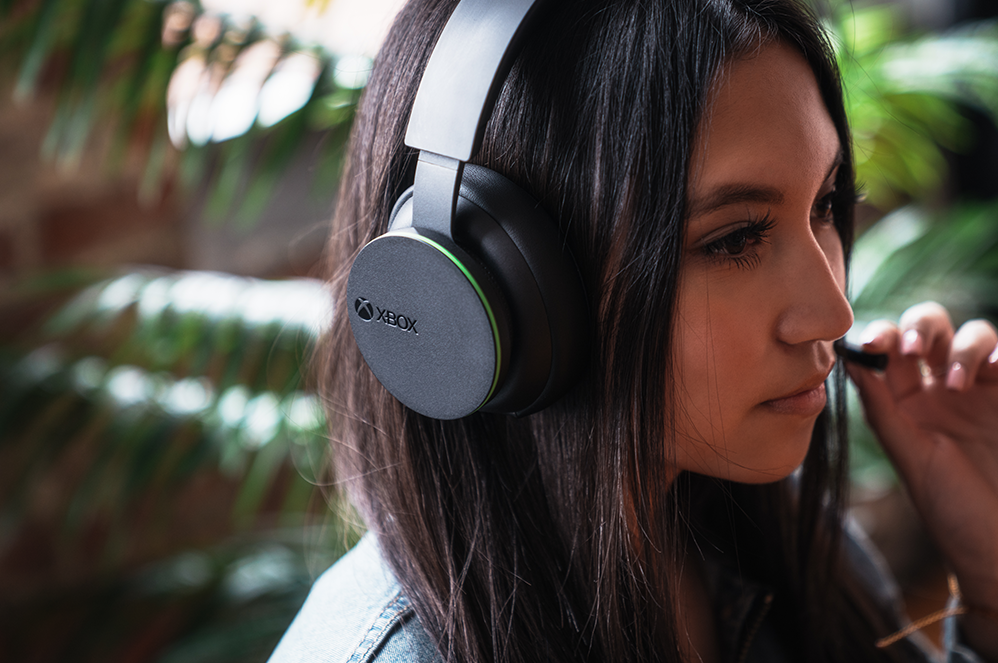
On paper, battery life represents a clean win for the Xbox Wireless Headset, which is rated for 15 hours of use. Compare an contrast to the Pulse 3D Wireless Headset’s 12 hours.
Again, we’ll need to do some in-depth testing to see how well the Xbox Wireless Headset lives up to that figure. Microsoft also promises four hours of use from a 30-minute charge, with the headset charging completely in three hours. The Pulse 3D Wireless Headset takes 3.5 hours to recharge fully, but unlike previous official PlayStation headsets, it can charge over a USB power adapter using its USB-C port.
Xbox Wireless Headset vs. Pulse 3D Wireless Headset: Outlook

There’s a lot to be said for the Pulse 3D Wireless Headset’s lighter, more closely-integrated design. But considering the Xbox Wireless Headset’s longer battery life and wider range of compatible 3D audio content, Microsoft’s newer headset could end up as the more practical.
Of course, hardly anyone is only going to be choosing between these two headsets directly. More likely, they'll be choosing which console to buy. And even if you’re lucky enough to end up with both the PS5 and Xbox Series X, it would be cheaper to buy the platform-agnostic SteelSeries Arctis 7P/7X than to dish out for both of the official headsets.
That said, it’s encouraging to see that the Xbox Wireless Headset and Pulse 3D Wireless Headset are pushing gaming headsets forward with future-facing features like 3D audio. The "better" headset may well be the one that supports the more immersive surround sound format for gaming.

James is currently Hardware Editor at Rock Paper Shotgun, but before that was Audio Editor at Tom’s Guide, where he covered headphones, speakers, soundbars and anything else that intentionally makes noise. A PC enthusiast, he also wrote computing and gaming news for TG, usually relating to how hard it is to find graphics card stock.
